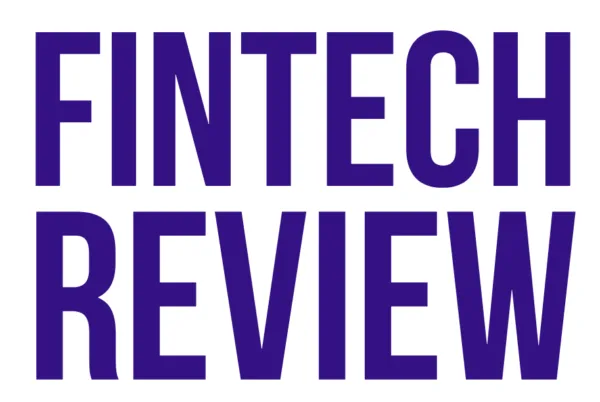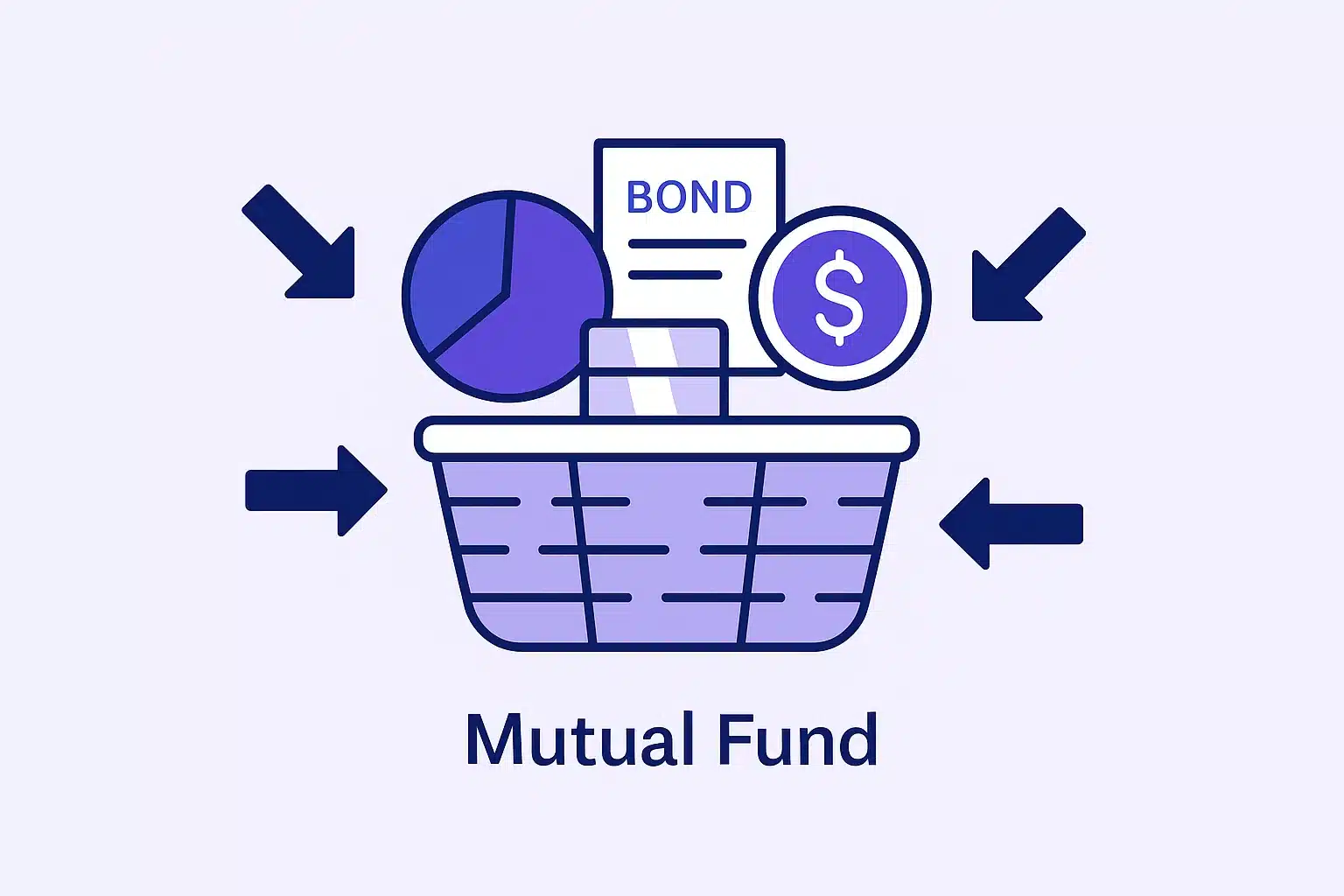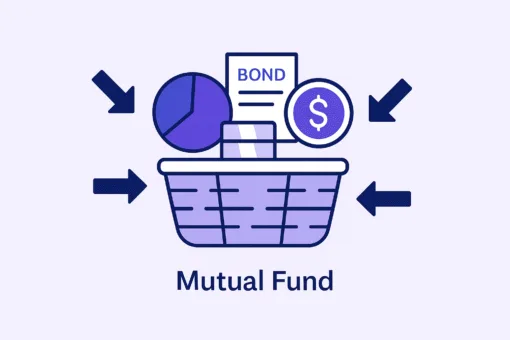For more than a century, mutual funds have been one of the most popular ways for individuals to invest in financial markets. They provide a straightforward way to gain exposure to a wide range of assets without needing to pick individual stocks or bonds. Millions of people rely on mutual funds for retirement savings, wealth accumulation, and diversification.
Yet despite their ubiquity, many investors only have a vague sense of what a mutual fund really is, how it works, and what advantages and drawbacks it carries. This article explores the fundamentals of mutual funds, their history, structure, types, costs, and role in modern portfolios.
Defining a Mutual Fund
A mutual fund is a pooled investment vehicle. Money from many investors is combined into a single fund, which is then managed according to a specific strategy. The fund manager buys and sells securities, such as stocks, bonds, or other instruments, in line with the fund’s stated objectives.
Investors in a mutual fund do not own the underlying securities directly. Instead, they own shares of the fund itself. Each share represents a proportional claim on the fund’s assets and earnings. The value of these shares is calculated as the net asset value (NAV), determined by the total value of the portfolio divided by the number of shares outstanding. NAV is updated once a day, at the close of trading.
A Brief History
The origins of mutual funds date back to Europe in the 18th and 19th centuries, when collective investment vehicles first emerged. The modern mutual fund industry, however, took shape in the United States in the 1920s and expanded rapidly after World War II.
By the late 20th century, mutual funds had become the dominant form of household investment in the US and a major force globally. They offered retail investors professional management, diversification, and accessibility at a time when direct stock ownership was less common. Today, mutual funds remain central to retirement systems such as 401(k) plans in the US, ISAs in the UK, and similar vehicles worldwide.
How Mutual Funds Work

When an investor buys shares of a mutual fund, the money is added to the pool of assets managed by the fund. The manager then invests according to the fund’s mandate. For example, a large-cap equity fund will primarily hold shares in large publicly traded companies. A bond fund will focus on government or corporate bonds.
Transactions occur at the end-of-day NAV. If an investor submits an order to buy or sell shares during the day, it will be executed after markets close, at that day’s NAV. This distinguishes mutual funds from exchange-traded funds (ETFs), which trade continuously during the day.
Profits from the fund can come in three forms: interest or dividends from the underlying securities, realised capital gains when assets are sold at a profit, and unrealised gains reflected in a rising NAV. Funds typically distribute dividends and capital gains to shareholders periodically.
Types of Mutual Funds
Invest mainly in company shares. Can focus on size, style, or region.
Details
- Subtypes: large, mid, small cap, growth, value, sector.
- Higher volatility, higher return potential over long periods.
Hold government or corporate bonds for income and lower volatility than stocks.
Details
- Subtypes: government, corporate, municipal, high yield, short/long duration.
- Sensitive to interest rates and credit risk.
Mix of stocks and bonds for blended growth and income at moderate risk.
Details
- Static or target allocations, sometimes rebalanced automatically.
- Useful as a one-fund core holding.
Short-term, high-quality instruments for capital preservation and liquidity.
Details
- Holds T-bills, commercial paper, and similar cash equivalents.
- Yields vary with short-term interest rates.
Passive funds that track a benchmark. Usually very low cost.
Details
- Tracks broad or narrow indices, equity or bond.
- Lower turnover, generally more tax efficient than active.
Sector, thematic, ESG, or alternative strategies. Higher concentration risk.
Details
- Performance can diverge widely from the broad market.
- Use as a satellite, not a core holding, for most investors.
Advantages of Mutual Funds

Mutual funds have remained popular for decades because they deliver several benefits to investors.
- Diversification: Pooling money allows funds to hold dozens or even hundreds of securities. This reduces exposure to the failure of any single investment.
- Professional Management: Investors benefit from the expertise of fund managers who analyse markets, select securities, and adjust portfolios.
- Accessibility: Mutual funds are easy to access through brokerages, banks, and retirement accounts. Many allow relatively small initial investments.
- Liquidity: Shares can be bought or sold on any business day at NAV, providing investors with a straightforward exit.
- Range of Options: With thousands of funds available, investors can find strategies aligned with their risk tolerance, time horizon, and goals.
Drawbacks and Limitations
Mutual funds are not without downsides.
- Costs: Management fees, sales charges, and marketing fees can significantly erode returns, especially over the long term.
- Tax Inefficiency: When funds sell securities to meet redemptions, the realised capital gains are distributed to all shareholders, creating tax liabilities even for those who did not sell.
- Lack of Intraday Trading: Because transactions only occur at the end-of-day NAV, investors cannot trade mutual funds throughout the day or use limit orders.
- Underperformance of Active Management: While some active managers outperform benchmarks, many do not after accounting for fees. Index funds and ETFs often offer comparable or better performance at lower cost.
Costs and Fees in Detail

Mutual funds charge fees that investors must consider carefully.
- Expense Ratio: The annual percentage of assets deducted to cover management and administrative costs. This can range from under 0.10% for index funds to over 1% for actively managed funds.
- Sales Loads: Some funds impose front-end loads (fees when buying) or back-end loads (fees when selling). Many no-load funds now exist, especially in developed markets.
- 12b-1 Fees: Ongoing charges for marketing and distribution.
- Other Expenses: Custody, legal, and operational costs.
Over decades, small differences in fees can have large impacts on investor wealth. Cost-conscious investors often gravitate toward index mutual funds or ETFs.
Active vs Passive Funds
One of the most important distinctions is between active and passive management.
Active mutual funds employ managers who attempt to outperform benchmarks by selecting securities, timing trades, or using unique strategies. Success depends on skill, research, and sometimes luck. While some active funds beat the market, many underperform, particularly after fees.
Passive mutual funds, such as index funds, aim to replicate the performance of a benchmark rather than beat it. They buy the same securities in the same proportions as the index. Their advantage lies in low cost and reliable tracking of market returns.
The debate between active and passive investing continues, but the trend has been clear: passive funds have attracted the majority of new inflows in recent years, driven by cost advantages and evidence of long-term outperformance relative to most active peers.
Mutual Funds: Key Features at a Glance
An overview of structure, costs, and use cases
| Category | Details |
|---|---|
| Definition | Pooled investment vehicle where investors buy shares representing proportional ownership of a professionally managed portfolio. |
| Trading | Transactions occur once daily at end-of-day net asset value (NAV). No intraday pricing. |
| Management | Can be Active (managers aim to beat benchmarks) or Passive (track an index at low cost). |
| Costs | Expense ratios range widely. Some charge sales loads and 12b-1 fees. Index mutual funds are usually cheaper. |
| Diversification | Funds typically hold dozens or hundreds of securities across sectors or asset classes, reducing single-company risk. |
| Accessibility | Common in retirement plans like 401(k)s and ISAs. Often require minimum investment, such as £500 or more. |
| Tax treatment | Distributions of dividends and capital gains are taxable in most jurisdictions, passed through to all shareholders. |
| Liquidity | High. Investors can redeem shares at NAV each business day. |
| Best use cases | Retirement savings, long-term investing, access to active management, simplicity for hands-off investors. |
Mutual Funds vs ETFs
Mutual funds and ETFs are often compared, as both provide diversified exposure. The key differences include:
- Trading: ETFs trade on exchanges throughout the day, mutual funds transact only at NAV after markets close.
- Costs: ETFs typically have lower expense ratios, though low-cost index mutual funds exist.
- Taxes: ETFs are generally more tax efficient due to their creation and redemption mechanism.
- Accessibility: Mutual funds dominate in retirement plans, while ETFs are favoured by online investors.
Investors may use both depending on their needs. Mutual funds offer simplicity and automation, while ETFs provide flexibility and cost advantages.
Case Study: Retirement Accounts

Mutual funds are particularly entrenched in retirement systems. In the United States, 401(k) plans often use mutual funds as default options. Target-date mutual funds, which adjust their asset allocation as the retirement date approaches, are widely used.
This popularity stems from the ease of automatic payroll contributions, professional management, and regulatory familiarity. While ETFs are gaining ground, mutual funds remain dominant in employer-sponsored retirement plans.
Risks of Mutual Funds
Like all investments, mutual funds carry risks. Market risk affects all funds exposed to equities or bonds. Sector funds may face concentration risk. Bond funds can suffer from interest rate risk, as rising rates reduce the value of existing bonds.
Another risk is manager risk. For actively managed funds, poor decisions by the manager can lead to underperformance. Investors must evaluate not only the strategy but also the track record and consistency of the management team.
Liquidity risk is generally low, but in extreme market stress, even mutual funds can face challenges if redemptions surge. Regulators impose rules to mitigate this risk, but it remains a consideration.
Regulation and Oversight
Mutual funds are heavily regulated to protect investors. In the United States, they are governed by the Investment Company Act of 1940 and overseen by the Securities and Exchange Commission (SEC). In the UK, the Financial Conduct Authority (FCA) supervises collective investment schemes.
Regulation requires disclosure of holdings, fees, and risks. It also imposes diversification and liquidity requirements, ensuring funds do not become overly concentrated or illiquid. This regulatory framework underpins investor confidence in mutual funds.
The Future of Mutual Funds

The mutual fund industry faces both challenges and opportunities. The rise of ETFs has eroded market share, especially among younger investors. Fee compression continues, pushing managers to lower costs or justify active strategies with strong performance.
At the same time, mutual funds remain deeply embedded in retirement systems and institutional portfolios. Their long history, regulatory familiarity, and integration into payroll systems give them resilience. Innovations such as ESG-focused funds and new digital distribution channels are keeping them relevant.
It is likely that mutual funds will coexist with ETFsExploring the Exceptional Rise of ETFs and other investment vehicles for the foreseeable future. Their form may evolve, with more funds adopting passive strategies or converting into ETFs, but the fundamental idea of pooled, professionally managed investment remains powerful.
Conclusion
A mutual fund is more than just a financial product. It is a cornerstone of modern investing, enabling millions to participate in markets with ease and diversification. By pooling resources, offering professional management, and providing a wide range of strategies, mutual funds have democratised investing for over a century.
They are not without drawbacks. Costs, tax inefficiencies, and underperformance of many active managers are important considerations. But mutual funds remain a critical tool, especially in retirement accounts and long-term savings plans.
For investors, understanding what a mutual fund is, and how it compares to alternatives like ETFs, is essential. With this knowledge, individuals can make informed decisions, balancing cost, convenience, and control to build portfolios suited to their goals.














